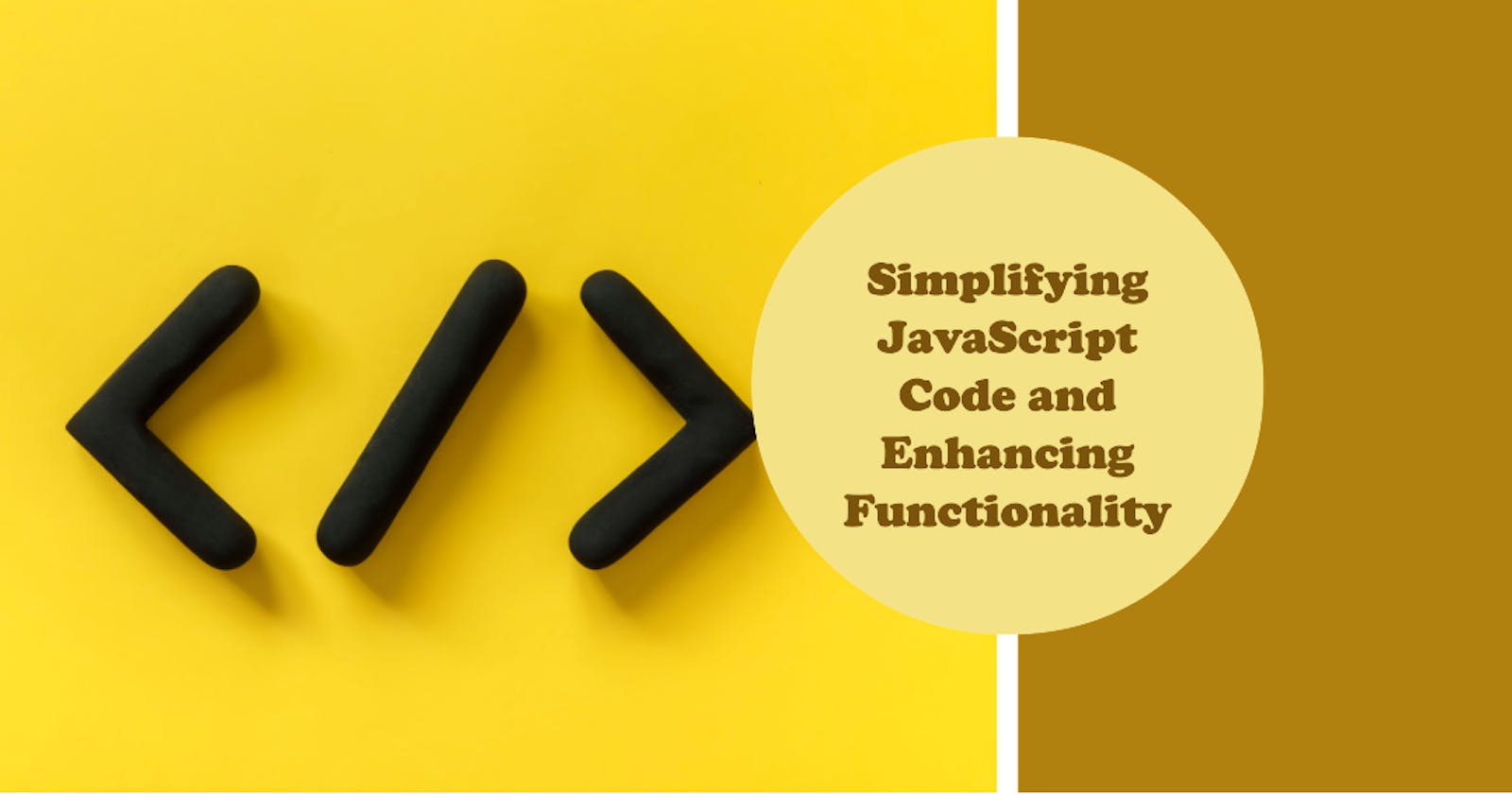JavaScript, as a versatile programming language, offers various features that make data manipulation and extraction more efficient. Array and object destructuring are two powerful techniques that allow developers to extract values from arrays and objects with ease. In this blog post, we will explore the concept of destructuring, provide examples of its usage, and discuss its benefits in JavaScript.
Array Destructuring:
Array destructuring enables us to extract values from arrays and assign them to variables in a concise and readable manner. Let's consider a simple example:
const fruits = ['apple', 'banana', 'orange'];
// Destructuring assignment
const [firstFruit, secondFruit, thirdFruit] = fruits;
console.log(firstFruit); // Output: 'apple'
console.log(secondFruit); // Output: 'banana'
console.log(thirdFruit); // Output: 'orange'
In the example above, we have an array of fruits. By using array destructuring, we assign each fruit to a separate variable. This technique eliminates the need for individual index-based access and improves code readability.
We can also use array destructuring to swap the values of variables without using an additional temporary variable:
let a = 1;
let b = 2;
// Value swapping using destructuring
[a, b] = [b, a];
console.log(a); // Output: 2
console.log(b); // Output: 1
Object Destructuring:
Similarly, object destructuring allows us to extract values from objects and assign them to variables. Consider the following example:
const person = {
name: 'Ankit Bajpai',
age: 25,
occupation: 'Developer'
};
// Destructuring assignment
const { name, age, occupation } = person;
console.log(name); // Output: 'Ankit Bajpai'
console.log(age); // Output: 25
console.log(occupation); // Output: 'Developer'
In this example, we have an object representing a person. Using object destructuring, we extract the values of the name, age, and occupation properties and assign them to corresponding variables. This technique provides a convenient way to access object properties and avoids repetitive dot notation.
Nested Destructuring:
Both array and object destructuring can be nested, allowing us to extract values from complex data structures. Let's illustrate this with an example:
const user = {
name: 'Alice',
age: 30,
address: {
city: 'New York',
country: 'USA'
}
};
// Nested destructuring
const { name, age, address: { city, country } } = user;
console.log(name); // Output: 'Alice'
console.log(age); // Output: 30
console.log(city); // Output: 'New York'
console.log(country);// Output: 'USA'
In this example, we have an object representing a user with a nested address object. By using nested destructuring, we access the properties of the address object directly.
Benefits of Destructuring:
Enhanced Readability: Destructuring provides a concise and expressive way to extract values from arrays and objects, making the code more readable and self-explanatory.
Shorter Syntax: Destructuring simplifies the process of extracting values by eliminating the need for traditional indexing or property access methods, resulting in cleaner and more compact code.
Variable Swapping: Destructuring allows for easy swapping of variable values without the need for a temporary variable, reducing code verbosity.
Parameter Extraction: Destructuring can be utilized when working with function parameters to extract specific values directly, enabling more focused and modular function definitions.
Conclusion:
Array and object destructuring are valuable features in JavaScript that simplify data manipulation, enhance code readability, and reduce code length. By utilizing destructuring, developers can extract values from arrays and objects in a concise and intuitive manner, resulting in cleaner and more maintainable code. Understanding and utilizing these techniques will empower you to write more efficient and elegant JavaScript code.
